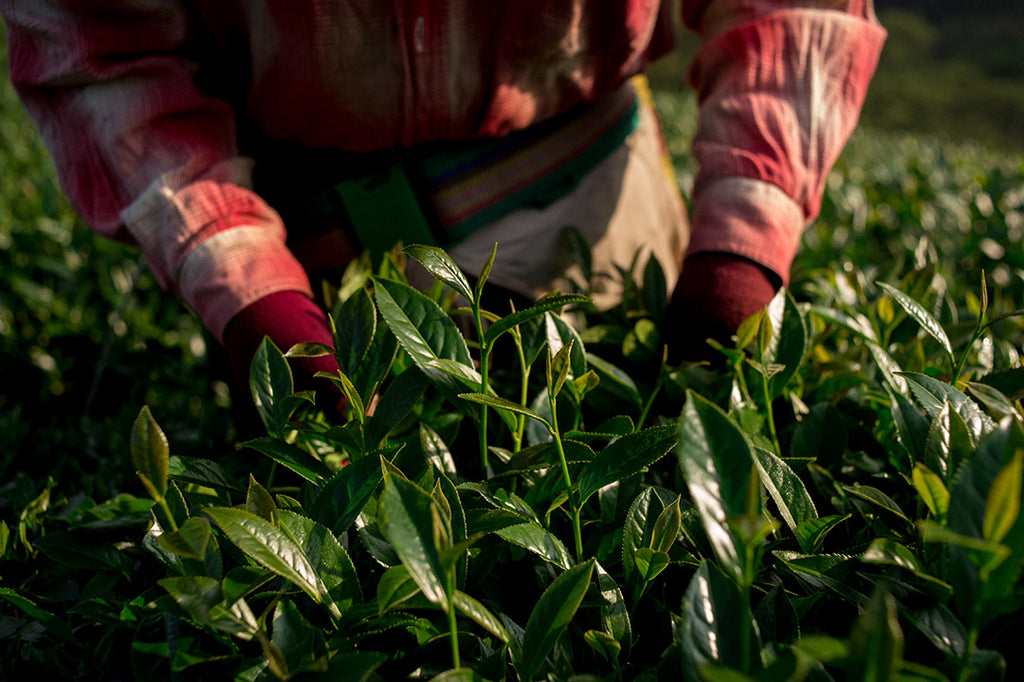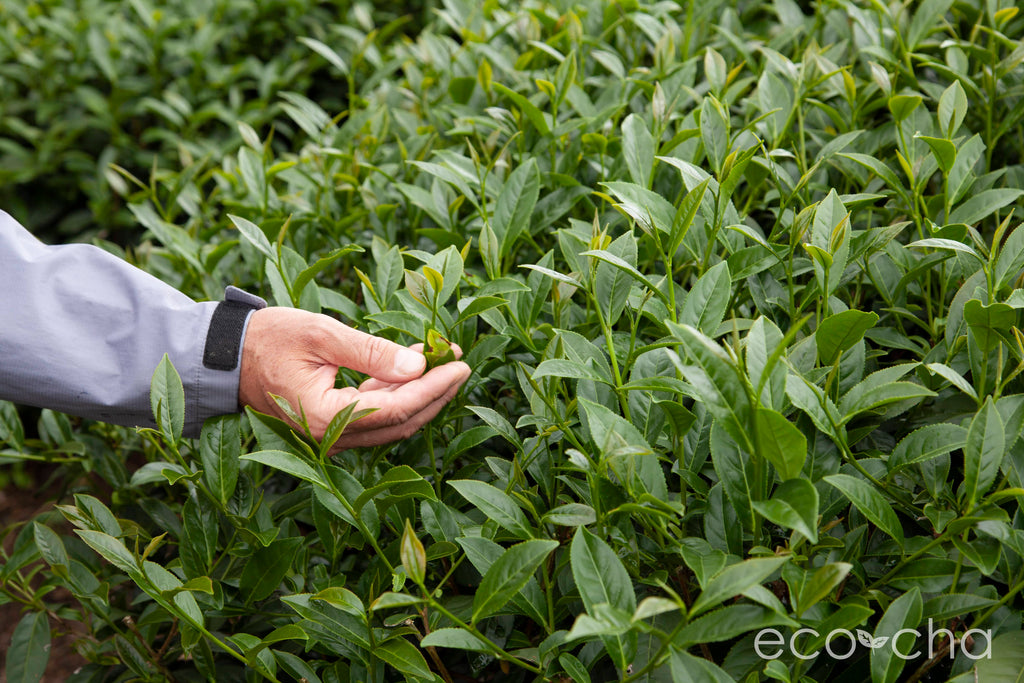
6 Essential Factors for Growing Great Tea

Do you have a favorite tea vendor, cafe, or tea shop? Do you remember a tea from a particular season that was exceptional? You might be lucky and have great tea every day, but just because it’s easy to get, we shouldn’t take all of the factors that go into making a delectable and satisfying cup for granted!
A perfect cup of tea requires a convergence of many factors all coming together in just the right way. If just one of these is missing, your brew may be compromised. Over the past 20 years we’ve visited many tea farms and spoken with many artisans about what makes a great Oolong tea. You can actually even order and taste some yourself from our great tea selection!
Next time you're sipping your favorite tea, think about these six factors and remember all that contributes to making your cup just right!
1. The Tea Plant

The primary factor in producing quality tea is the plant from which the leaves are harvested. This can be divided into two basic aspects: the type of tea plant, and the health of the plant. While all tea types each have their own separate characteristics that cannot necessarily be rated as better or worse, the health of the plant is an objective factor in determining quality. The following remaining factors all work together to produce healthy tea plants.
2. The Farmer

It’s the care and experience of the farmer that puts the flavor in your cup of tea. Making Oolong is complicated and each step requires perfect timing and careful improvisation. The farmer relies on years of experience to know exactly when each step in the process needs to take place. Any mistakes throughout may result in affecting the quality of the tea.
3. The Land
The composition of the soil is a primary contributor to the health of the plant. Fundamentally, this involves the proper alkaline/acidic balance that is suitable for the cultivation of a given plant. Beyond this, the nutritional value of the soil based on necessary compounds, such as nitrogen and minerals, will directly affect the growth of the plant. Equally significant, but less acknowledged in modern conventional farming is the ecology of the soil. Simply stated, is the soil alive? Is there an infrastructure of microorganisms in the soil that constitute fertile ground that can sustain its own nutritional balance? These are all essential elements that will affect the quality of the tea leaves.
4. Farm Management
In combination with the above natural aspects of quality tea production is the methodology of farm management that is employed. Is there an ideology of sustainability that the farming methods are based on? Is there responsible administration of chemical products being used that are both safe and nutritionally sustainable? If chemical weed killers are being used, this will directly impact the health of the soil, and consequently the health of the plants (and consequently possibly the health of the tea drinker). Beyond this, is the farmer actively acknowledging the needs of his plants to maintain their health on a long-term basis? Will the farmer compromise the quantity of a seasonal yield in order to improve the health and productivity of the plants for years to come? These are all significant factors that influence the quality of tea that is produced.
5. The Weather
Another influential aspect is the climate in which the tea plants grow.
In general, tea plants thrive in a climate that is not too hot, and has a significant day/night variation of temperature. Tea plants also love regular (ideally daily) cycles of sunshine and fog, combined with consistent (but not excessive) rainfall.
6. Tea Making Skills and Methodology

Finally, and equally as significant as all of the above five factors is the methodology, knowledge, and skill employed in the processing of the tea leaves.
Large-scale standardized processing procedure cannot compare to tea making that is done in the more hands-on, labor-intensive traditional way. It is simply a matter of attention and insight into the overall circumstance that includes assessment of the raw leaf, its origin, the growing season, the harvest conditions, and the condition of the leaves as they are processed. If these factors are not properly acknowledged, then quality is compromised.
If an experienced artisan takes time and care and extra effort in the processing of a given day's harvest of tea leaves, the results will be evident.
So There You Have It...
The six factors that all come together to make your cup of Oolong extraordinary. Next time you sip your tea, close your eyes and truly enjoy the moment, in appreciation of all that it took to bring you that perfect brew. And remember this is not only true for tea, but for other specialty food and drinks you may enjoy—wine, cheese, whisky—what else?
Want to Learn More?
If you enjoyed this article, you may enjoy reading about how much caffeine is in Oolong Tea or how do you go about picking a good Oolong!
SUBSCRIBE!
If you enjoyed this post and would like to hear more about the specialty tea industry here in Taiwan, follow us on YouTube, Facebook, and Instagram and please subscribe to our newsletter. Subscribe now and get $5 off your first order!

